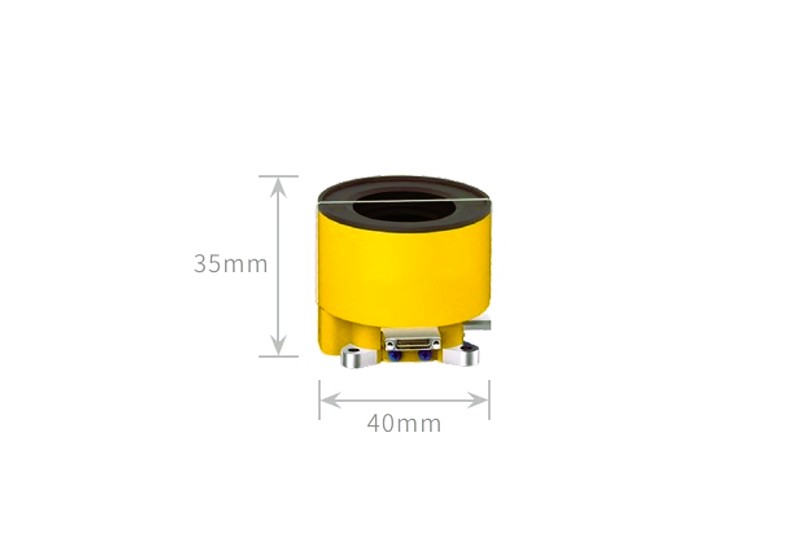
Size and Weight
Miniaturized star sensors (e.g., for CubeSats) require advanced engineering to maintain high performance in limited space. This demands more expensive materials and manufacturing processes, increasing costs. In contrast, traditional larger star sensors may have lower unit costs but are unsuitable for small satellites.

Accuracy
The accuracy of a star sensor directly impacts its price. High-precision models (e.g., 1-30 arcseconds) require complex sensors, optical systems, and processing algorithms. Higher accuracy typically means greater R&D and manufacturing costs.
Power Consumption
For small satellites, power consumption is a critical factor. Low-power star sensors require efficient electronic components and optimized algorithms, leading to increased costs.
Radiation Resistance
Star sensors operating in high-radiation environments (e.g., geosynchronous orbits or deep space missions) require radiation-hardened designs to ensure long-term reliability. In contrast, those for low Earth orbit (LEO) missions have lower radiation resistance requirements, potentially reducing costs.
Flight Heritage and Reliability
Star sensors with flight heritage—those successfully used in prior missions—command higher prices due to their reliability and lower risk. The validation process involves additional testing and certification, adding to costs.
Customization vs. Off-the-Shelf Products
Customized star sensors, designed for specific mission requirements, incur higher costs. In contrast, standardized off-the-shelf designs benefit from mass production and are more cost-effective, offering an optimal balance of performance and price.
Production Scale
Large-scale production can reduce costs through economies of scale. Low-volume or customized products typically have higher prices.
Technological Sophistication
Advanced technologies, such as CMOS sensors, novel optical designs, or integrated software algorithms, enhance star sensor performance but increase costs. However, they also command higher prices.
Mission Requirements
Specific mission requirements, such as orbit type, mission duration, and accuracy needs, directly influence star sensor selection. For instance, deep space missions may require high-precision, radiation-resistant star sensors, while LEO missions can use simpler models. The complexity of mission requirements generally correlates with higher costs.
Send us a message,we will answer your email shortly!